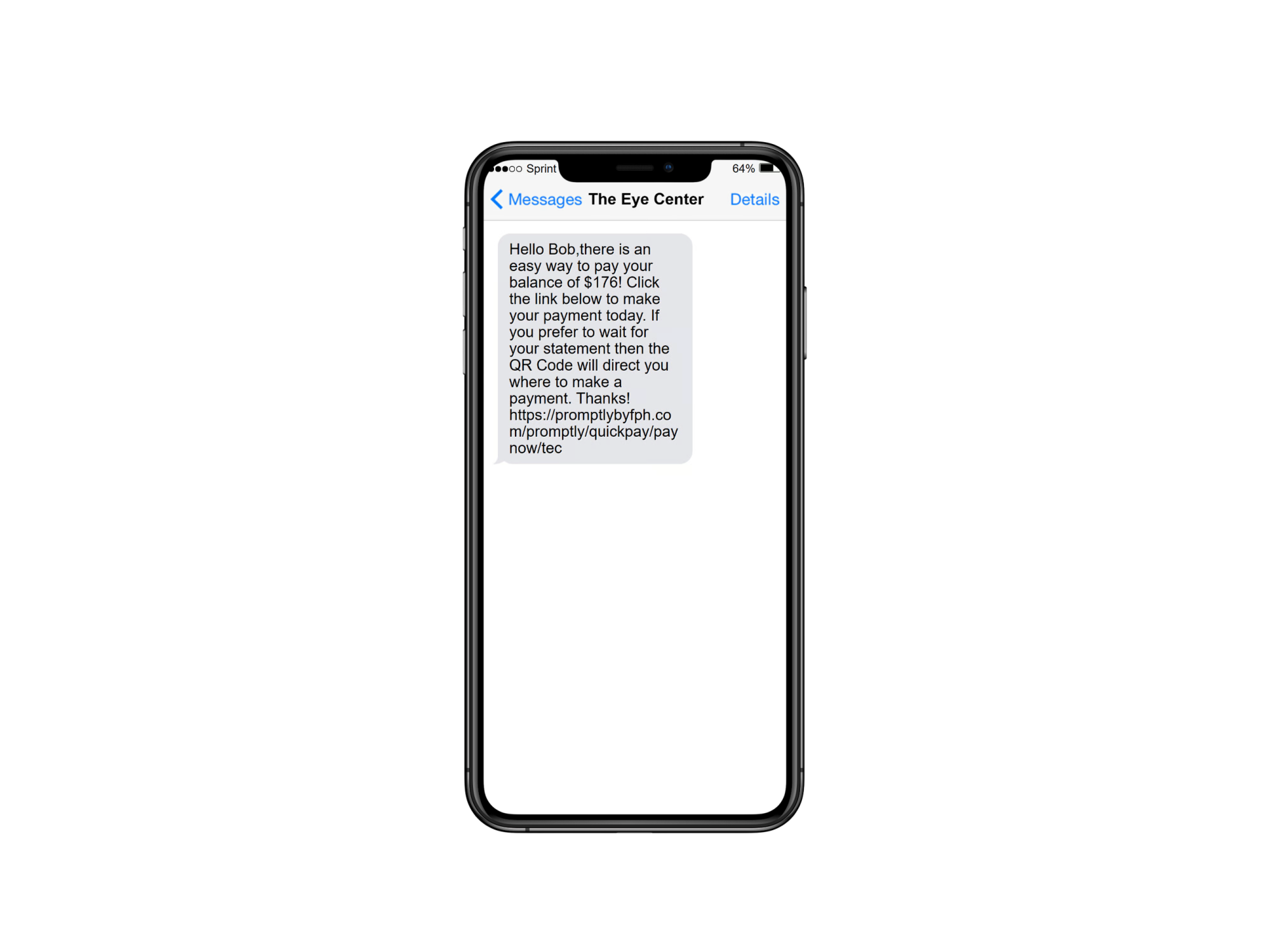
Hidden Costs of Fragmented Healthcare Software—and How to Resolve Them
Specialty practices don’t set out to build fragmented software stacks. It happens over time. You sign up for one platform for scheduling, another for payments, yet another for referrals. What once felt like progress for healthcare IT has become a burden for too many organizations.
Fragmented software isn’t just inconvenient. It’s expensive, and not always in ways that show up on a balance sheet.
Below, let’s explore some hidden costs you might not be aware of—and look at how consolidating your systems can unlock real value for your practice.
Paying for too many platforms
Let’s start with the obvious: You may be paying for too many platforms. Individually, each one might seem reasonably priced. And when you purchased each platform, it was a good decision—at the time.
But when you’re paying for several different platforms that offer incomplete solutions, the total cost adds up fast. It’s time to consolidate all those good decisions into a great one.
With Promptly, you get everything in one place: automated scheduling, referrals, check-ins, billing, and more. Practices that consolidate with Promptly save an average of $88,000 a year on software alone.
Staff and system inefficiencies
Every additional system your team has to learn, toggle between, or manually update is a drain on productivity. Your team wastes minutes to hours a day logging into multiple platforms, uploading paper forms, making reminder calls, and printing and mailing bills.
When it comes to onboarding new employees, it can take months for them to get up to speed if they have to learn multiple inefficient systems.
Consolidating your systems with Promptly reduces friction, streamlines workflows, and gives your team more time to focus on patient care.
Take the Promptly referral portal: In one place, staff can upload documents, confirm insurance and expected patient cost, view appointment availability, and schedule in real time. No more paying for multiple different solutions, and no more faxes! (If you do still send and receive faxes for referrals, don’t feel bad: Lots of practices still operate this way, but we want to change that.)

Lost revenue from inactive patients
Reactivating past patients is one of the most cost-effective ways to grow, and if you’re not reaching out to patients who already know and trust you, you’re leaving revenue on the table. But combing through your records, identifying inactive patients, and contacting them is a massive lift—if you do it manually.
Promptly automates this process, all in one platform. You can identify inactive patients and send them targeted messages that encourage them to schedule follow-ups. And it works: Using Promptly, Sight Growth Partners realized more than $11.5M in revenue just by re-engaging patients who had already visited their practices.
Communication gaps that lead to no-shows—and lost patients
Fragmented platforms often lead to inconsistent, confusing, or entirely missed communication. This can mean lower patient satisfaction, more no-shows, lost patients, and lost revenue.
When communication is centralized and automated, it’s easier for everyone: Staff stay on top of patient care, and patients stay more informed and engaged.

It’s more likely your patients will show up, too. Using Promptly’s scheduling, reminder, and waitlist solutions, one retina practice in Colorado reduced no-shows from 16% to 5%—a 68% decrease. (Want to decrease no-shows? Check out our blog about how Promptly’s smart scheduling tools and custom communications can help.)
Unoptimized payment collection
Mailed bills, phone calls, and emails just don’t cut it anymore. Patients lose invoices, ignore emails, and don’t answer their phone. Payments come in late. That means your staff, for all their efforts calling patients and sending out bills, are wasting their time—and your revenue cycle management is suffering.
However, patients do respond to texts at a much higher rate.
Promptly’s automated solutions—including insurance eligibility checks, automatic payment posting, and text to pay—make it easier for patients to pay and for practices to collect.

Utah Eye Centers is one of many practices that saw success: Within three months of using Promptly, they collected 94.2% of texted balances. (Read about other examples of successful balance recovery in How To Recover Patient Balances Efficiently Without Manual Follow-Up.)
Hidden fees that add up
Even when you’re looking for hidden costs, they’re not always where you expect them.
Some vendors charge “success fees” that can pile up, platform by platform, and balloon your bill. Your credit card processing rate is likely about 3% (we recently saw someone with an 8% processing rate), and it doesn’t have to be this high!
With Promptly, the average customer decreases their credit card processing fees by more than 20%. This doesn’t include new surcharge and technology fee options, which further help practices generate revenue.
And success fees? We don’t charge those—ever.
The bottom line
Fragmentation isn’t just a tech problem. It’s a business problem. It slows your team down, frustrates your patients, and eats away at your margins.
The good news: Consolidating with Promptly means you can bring everything—scheduling, payments, referrals, communication, and more—into one seamless experience.
Wondering how much fragmented software is costing your practice—and how much you could save?
Related Posts
About the author
Shaun Priest is responsible for Promptly’s sales, sales operations, marketing, lead generation, and partnership activities. With 25 years of experience in healthcare IT, Shaun has previously held executive positions at BEKhealth, ReportingMD, Clearwave, and Streamline Health; sales leadership roles at WebMD and Altera; and project management roles at Oracle Health and Meditech.

Share this article:






